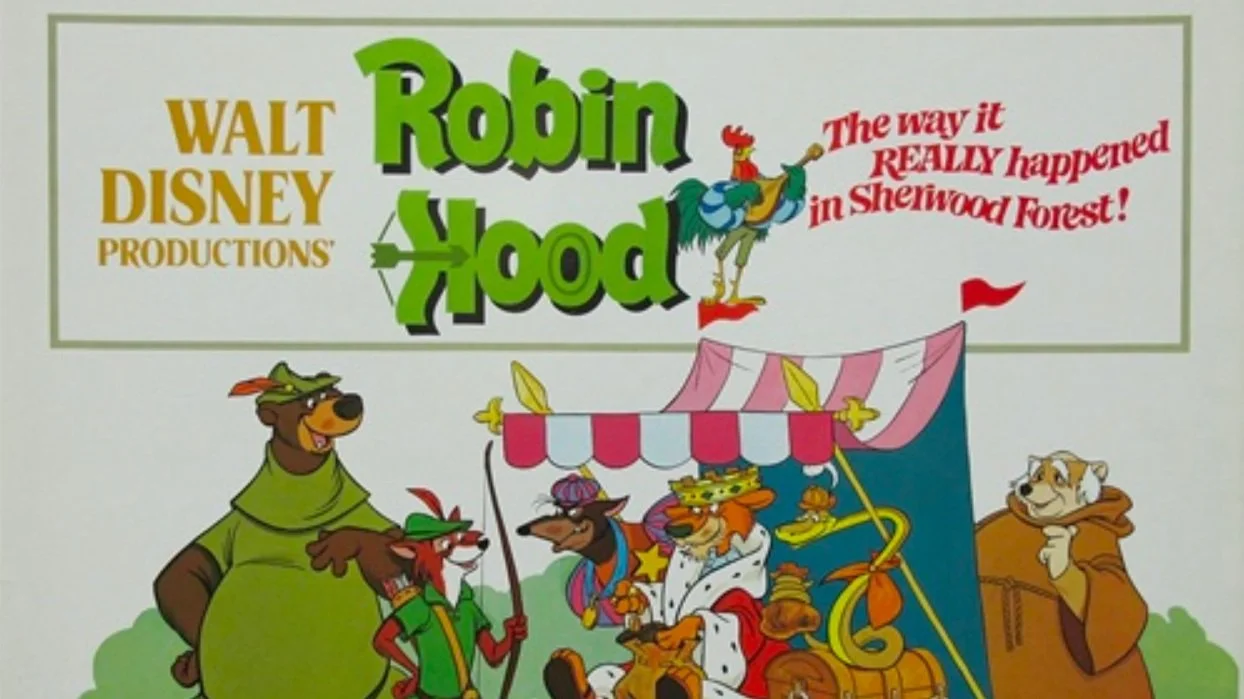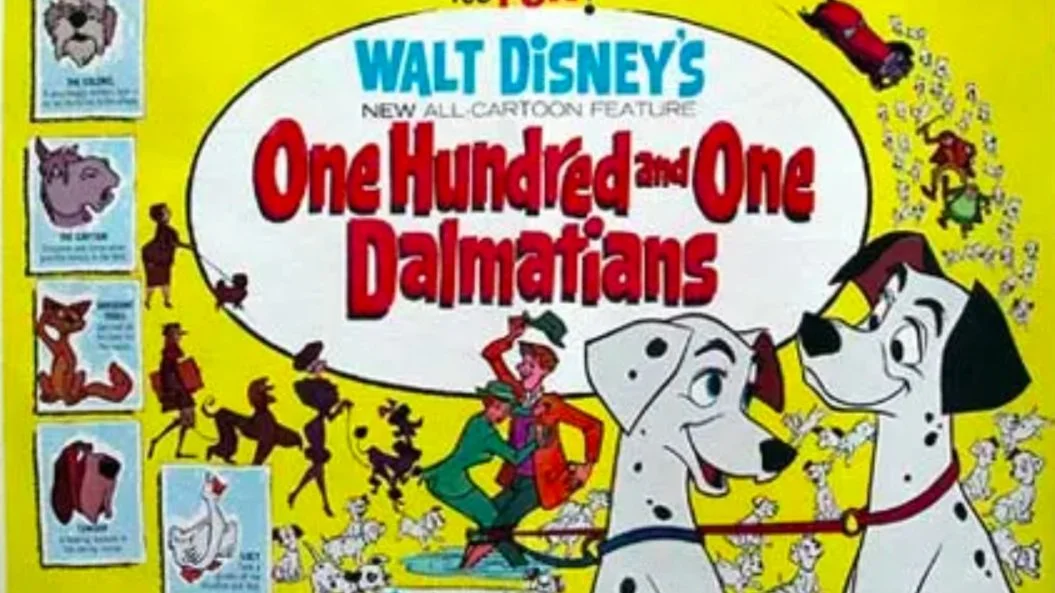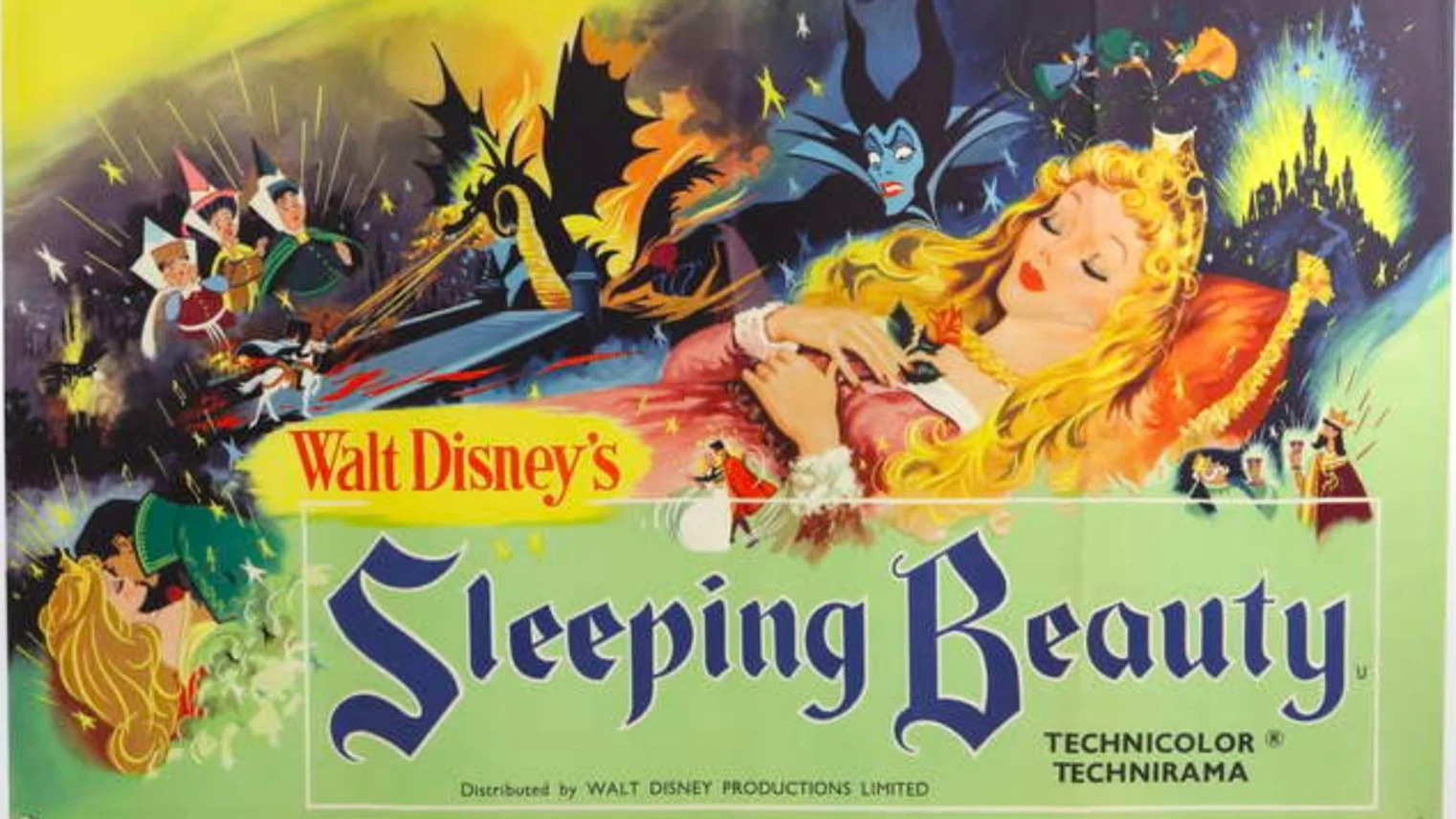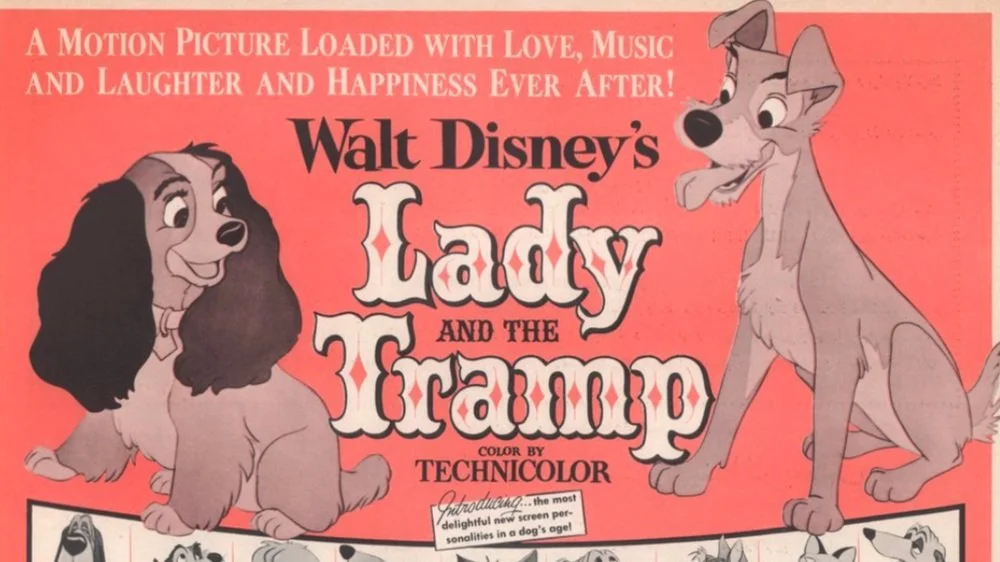Reel Pride: Sylvia Scarlett (1935)
Katharine Hepburn was a fascinating actress and movie star. Known for masculine fashion, a headstrong persona, and liberal politics, Hepburn defied norms set out for young starlets in old Hollywood. But she did suffer for it, labeled “box office poison” in the mid-1930s after her outspokenness led to a series of flops. Her career would be resurrected in 1940 with the seminal classic The Philadelphia Story. Before that, Hepburn’s starring role in George Cukor’s 1935 film Sylvia Scarlett directly caused this severe professional low point. And frankly, it’s not a very coherent or entertaining movie. Co-starring Cary Grant, Brian Aherne, Dennie Moore, and Edmund Gwenn, this gender-bending romantic comedy developed a cult following for its queer subtext.
In Marseilles, France, Sylvia (Hepburn) and her father Henry (Gwenn) are left without many options after Henry is discovered embezzling from his business. Sylvia decides to masquerade as a boy (“Sylvester”) to make the escape easier. On a ship to England, they encounter huckster Jimmy Monkley (Grant) and join him on his con schemes. One includes robbing the empty house of a rich family. Out of empathy for ditzy housemaid Maudie (Moore), Sylvia/Sylvester convinces the men to bring Maudie with them and become a traveling show by the sea. At a performance, Sylvia/Sylvester meets a bohemian artist Michael (Aherne), and falls in love with him.
Sylvia Scarlett is the first film to bring together Katharine Hepburn and Cary Grant, who would go on to star in several classic romances (the aforementioned The Philadelphia Story, Bringing Up Baby, among others). And so I was thinking how the gender confusion romance would play out between them, which is exciting because the reportedly bisexual Cary Grant has his own place in queer cinema history. As does George Cukor, whose homosexuality was an open secret in Hollywood. Alas, Grant has barely anything to do in the second half and the film hardly takes advantage of the chemistry between he and Hepburn. Essentially, all of the queer undertones rest on Hepburn’s own star persona.
For me, the main point of interest in the film is the running theme of duality of identity. Sylvia becomes Sylvester who becomes Sylvia again who becomes Sylvester. She is half-English, half-French. She travels with a gang of thieves-slash-performers. Sylvia seems more comfortable as Sylvester, jumping out of windows and over furniture, and avoiding being pigeonholed as a “weak and silly” woman. Even when Sylvia remerges as herself, she can’t quite shake the Sylvester persona and acts like him. Once she is forced to dress as a man again, she is able to move more freely. The fluidity of Sylvia/Sylvester’s gender allows access to male spaces and privilege, and when she returns to her womanhood the film asks which persona is the performance and which one is real.
Like with any gender-bender comedy, the introduction of romance presents an opportunity for some queer fun. A scene features Maudie drawing a mustache on Sylvia/Sylvester and kissing her/him. Later, when Sylvia reveals herself as a woman to Michael, he said he had a “queer feeling” about her. He teases her about it (calling her a “freak of nature”) and flirts with her. She’s in love with him, but he rejects her for another woman Lily (Natalie Paley). While Sylvia shows jealousy, she also does her best to unite the two by saving a drowning Lily later. Sylvester’s homosocial friendship with Michael suggests queerness, like a 20th century bromance perhaps, and she affirms herself as his ally in courtship. Sylvia knows her place in between genders, allowing a substitute for Michael’s affections. Through the convolutions of the plot, however, Michael and Sylvia end up together. The film ends however with Sylvia still in Sylvester drag. It’s interesting that Michael rejects Sylvia as Sylvia, but accepts her as Sylvester. The film even implies that Sylvia might stay as Sylvester forever.
I could be projecting what I want for the film onto it, because Sylvia Scarlett plays it rather safe in gender identity themes. The film hangs in this ambiguity about queerness; it’s more teasing than anything else and fails to make any real statement about gender. The screenplay by John Collier, Gladys Unger, and Mortimer Offner (based on Compton Mackenzie’s novel) is too convoluted and aimless. Discarding Cary Grant for Brian Aherne is a disservice, and Cukor’s direction doesn’t quite hit the farcical beats you’d want.
Katharine Hepburn herself is the highlight, as her striking physicality makes the film come alive. Hepburn has become a queer icon because of her nontraditional clothing and behavior. Whether she identified as LGBTQ, I can’t tell you definitively. Rumors have persisted that she had same sex encounters but I haven’t found anything more than that. Her affair with Howard Hughes and her epic devotion to Spencer Tracy are both well documented. Maybe Hepburn was strictly heterosexual, but her subversion of gender conformity and her fierce support of feminism and social justice are beacons to queer audiences. Sylvia Scarlett does not live up to either her legacy or its own potential, but it’s best thought of as a 1930s oddity that briefly toys with queerness.














